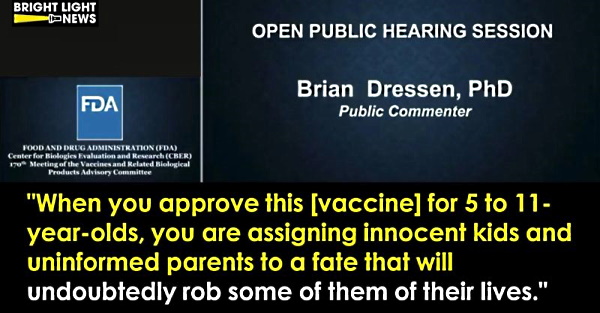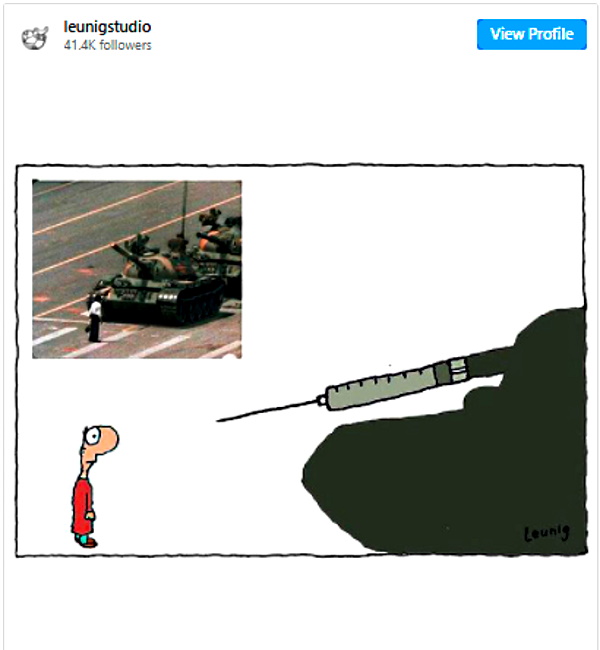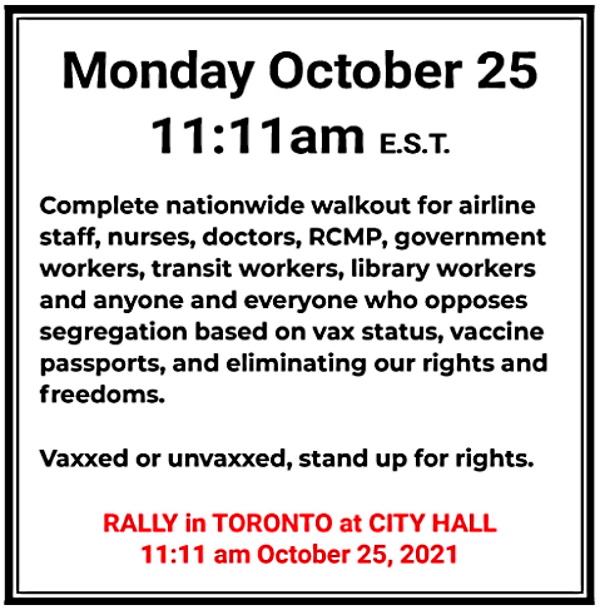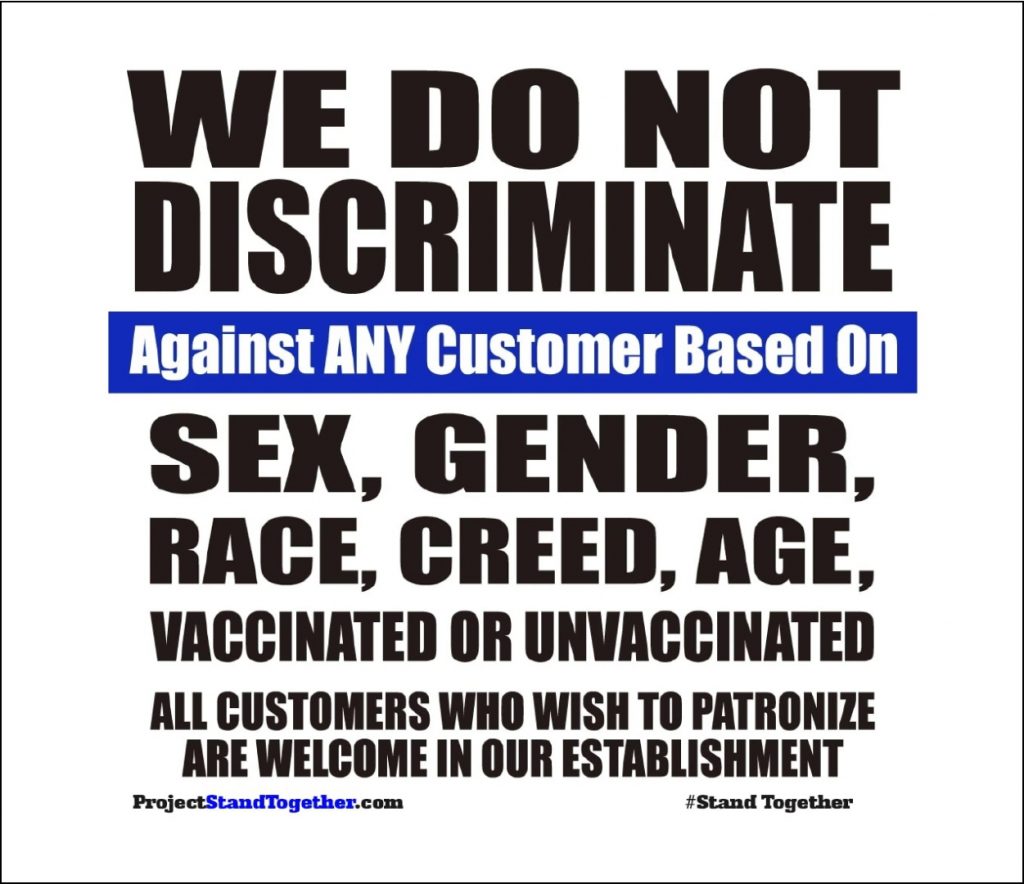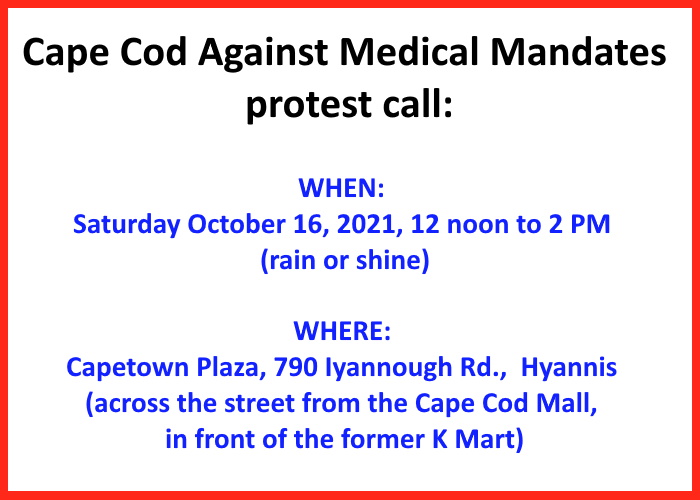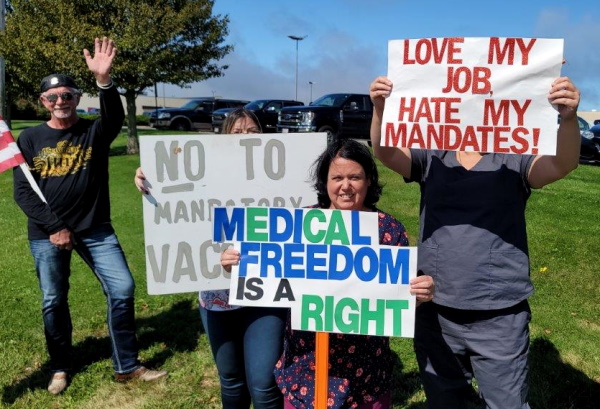In an ongoing campaign to protect foster care youth from dangerous psychotropic drugs, CCHR and the Task Force Against Racism are calling for an investigation into government and mental health industry decades-old, failed oversight. Native and African Americans are at highest risk.
by Jan Eastgate, Citizens Commission on Human Rights International [CCHR]
and Rev. Frederick Shaw, founder, Task Force Against Racism and Modern-Day Eugenics
October 20, 2021
More than one-third of children on Medicaid in the foster care system are prescribed psychotropic drugs, a higher amount than non-foster children under Medicaid, according to a study led by an assistant professor of pediatrics at Baylor College of Medicine and pediatrician at Texas Children’s Hospital.[1] This is a shocking finding given the outcry over psychotropic drugging of foster children in 2004 and again in 2011-2015. Governments promised greater oversight but clearly this has been ineffective and vulnerable children are still at risk.
The study found that about 35% of children in foster care are prescribed psychotropic medications in comparison to 8% not in foster care under Medicaid. The study, “Psychotropic Medication Usage Among Foster and Non-Foster Youth on Medicaid,” was presented during the virtual American Academy of Pediatrics 2021 National Conference and Exhibition in October.[2]
Rachael J. Keefe, MD, MPH, FAAP and colleagues analyzed claims data from two Medicaid managed care organizations in southeast Texas and stated: “I think you need increased oversight, increased awareness of this overmedication.”[3]
Other studies show that children on Medicaid receive more psychiatric drugs and prolonged mental health treatment, when compared to their privately insured counterparts.[4]
There are ethical and racial concerns about the poor, near-poor, and minorities in foster care that are most prevalently prescribed psychotropic drugs.
The majority of those treated are predominantly African American.[5] African American children and youths represent 23% of the foster care population yet comprise only 14% of the child and adolescent population. As part of the foster care population they are at risk of being given five or more psychotropic drugs at a time, with some younger than five.[6]
Native Americans are up to four times more likely to have their children taken and placed into foster care than their non-Native counterparts. Oklahoma Department of Human Services reported in 2020 that Native children represented more than 35% of those in foster care, yet Native Americans comprise only around 9% of Oklahoma’s population. “That is the definition of racial disproportionality,” said Citizen Potawatomi Nation FireLodge Children & Family Services Foster Care/Adoption Manager Kendra Lowden.[7]
The Lakota People’s Law Project has long raised concerns about this, reporting to Congress its findings pertaining to what it called South Dakota’s corrupt foster system, especially the over prescription of medications to Native American youth. American Indian children make up 13.4% of South Dakota’s population, yet 56.3% of the foster system is comprised of Native youth. Psychotropic or antipsychotic drugs were the most often prescribed. The Medicaid spending which paralleled this trend grew from $300,987 to $4,016,148, or 1,334%, during a ten-year period.[8]
“In the particular case of South Dakota, the medication was being used to subdue rather than treat children, vastly enriching both the state workers, hospitals and pharmaceutical companies at the direct expense of the foster care children,” according to Lakota People’s Law Project.[9]
In 2018, there were 99,025 Black or African American children and 90,688 Hispanic children in foster care.[10] These are at risk of being harmed by psychotropic drugs.
A JAMA Pediatrics study that investigated the patterns of mental health diagnosis and medication treatment within a cohort of children from birth to 8 years old insured by Medicaid, reported that “20% of medication users received two or more medication classes concurrently for 60 days or more.” Further, “At age 7 years, half or more of the medicated children had more than 200 days of drug exposure.”[11]
The study pointed out concerns that “early exposure to such medications in utero or in the preschool years could potentially alter physical, cognitive, and emotional development.”[12]
A Failure to Protect
The epidemic of drugging foster care children was exposed over a decade ago with federal and state proposals and agreements that there would be greater oversight, which has failed.
In 2004, the drugging of foster care children in Texas—representative of the entire country—was so bad that the then-Comptroller Carole Keeton Strayhorn investigated, releasing “Forgotten Children,” a damning report on her findings. It was found that foster parents were incentivized to find “mental health problems” in the children in their care because they received up to $1,000 a day for children labeled with a mental disorder compared to $17 a day per child without such issues.[13]
The Texas Legislature responded, passing a bill which required a study of the use of psychotropic medication in foster care, strengthened medical consent requirements, and required the development of a new medical system that would give the state the ability to track and oversee each foster child’s diagnoses and prescriptions. But the problem persisted.
In 2011, the U.S. Government Accountability Office (GAO) stepped in, evaluating five states (Florida, Massachusetts, Michigan, Oregon, and Texas). The data revealed that foster children were prescribed psychotropic drugs at rates 2.7 to 4.5 times higher than non-foster children in Medicaid. Many were subjected to cocktails of psychotropics. The GAO explained that “no evidence supports the concomitant use of five or more psychotropic drugs in adults or children, yet hundreds of both foster and non-foster children in the five states had such a drug regimen.”[14]
In 2014, JooYeun Chang, Associate Commissioner of the Children’s Bureau in the U.S. Department of Health and Human Services’ Administration (HHS) for Children, Youth, and Families testified before Congress that despite steps taken by the Administration and Congress to promote the monitoring and management of psychotropic medications, there remained an over-use of psychotropic drugs for children in foster care.[15]
A year later, an HHS Inspector General report again showed matters had not changed. It flagged 67% of those being drugged as problematic, including prescriptions to kids who were too young and prescriptions for the wrong dose or as a wrong treatment.[16] Over half of kids receiving antipsychotics were victimized by “poor monitoring” of the drugs’ risky health side effects—which include breast growth in boys [gynecomastia], cardiac arrest, extreme weight gain and diabetes, it was reported.[17]
In 2015, a San Jose Mercury News investigation into foster children in California found that about one in four adolescents in California’s foster care system was prescribed at least one psychiatric drug—3½ times the rate for all adolescents nationwide. There were incentives for doctors to prescribe the drugs: of those doctors with financial ties to pharmaceutical companies in the state, the higher prescribers collected almost four times—or about $10,000 more—in pharmaceutical funding than the lower prescribers.[18]
A 2018 JAMA Pediatrics study that investigated the patterns of mental health diagnosis and medication treatment within a cohort of children from birth to 8 years old insured by Medicaid, reported that “20% of medication users received two or more medication classes concurrently for 60 days or more.” Further, “At age 7 years, half or more of the medicated children had more than 200 days of drug exposure.” Particular attention was given to the use of antipsychotics for behavioral management in children as, “most pediatric psychotropic medication use (67%) is not approved by the Food and Drug Administration.”[19]
A study released in September 2018 bolstered concerns raised for years by foster care advocates, several of which have filed a class-action lawsuit against the state of Missouri, claiming that foster children’s constitutional rights are violated because of the overuse of drugs and the lack of oversight. Another estimate put the range of psychotropic drug use by foster children at 13 to 52% compared with about 4% for other youth.[20]
Speaking about other antipsychotic drug risks, Harrisburg-based psychiatrist and whistleblower Dr. Stephan Kruszewski said: “Boys with gynecomastia have had breast lumps and have been lactating, and some of them have had mastectomies.”[21]
Children and youths are also put at risk of a lifetime antipsychotic side effect, tardive dyskinesia, an irreversible movement disorder.[22]
Psychiatric drugs are among Medicaid’s most costly and commonly prescribed drugs.[23] Among the different classes of psychotropic drugs, antipsychotics are the most commonly prescribed and have the highest cost per claim, accounting for 58% of the total costs.[24]
State Medicaid programs spent over $2.8 billion on antipsychotics for all ages in 2007, the single largest drug expenditure category for Medicaid.[25] A decade later it was reported to be $3.5 billion—a 25% increase.[26] Nationally, about 12% of all the nation’s 500,000 foster care children had received Medicaid-paid antipsychotics at some point.[27]
Georgia spent $7.87 million a year on psychotropic drugs, according to Medicaid records and more than a third of foster children were prescribed the drugs, compared with about 4% of the general youth population.[28]
Sara Bartosz, writing for the American Bar Association website about “Protecting Foster Youth from Unsafely Administered Psychotropic Drugs,” noted: “Though the federal government has placed increased focus on the vital need for structured oversight of psychotropic medication usage in foster care, many state child welfare agencies are behind in implementing such safety mechanisms.”[29]
Further, “Secrecy, lack of transparency and lack of accountability makes a perfect environment for human rights violations of the mentally disabled. Problems of patient abuse occur including: excessive dosing for purposes of chemical restraint, poly-pharmacy with multiple medications, lack of informed consent and the use of medication with little or no direct doctor/patient contract.”[30]
The federal government’s lax monitoring of state Medicaid foster care programs has been faulted for the increase in psychotropic drug prescriptions.[31]
Carolyn Barcus of the Society of Indian Psychologists, also cited criteria presented in the widespread use of the Diagnostic and Statistical Manual of Mental Disorders, which she said is severely biased against minorities.[32] Consider the comments made by Prof. Allen Frances, M.D., chair of the DSM-IV Task Force, was a highly vocal critic of the DSM-5 published in 2013: “The Board of Trustees of the American Psychiatric Association has given its final approval to a deeply flawed DSM 5 containing many changes that seem clearly unsafe and scientifically unsound. My best advice to clinicians, to the press, and to the general public – be skeptical and don’t follow DSM 5 blindly down a road likely to lead to massive over-diagnosis and harmful over-medication.”[33]
Edward Opton, an attorney with the National Center for Youth Law’s PsychDrugs Action Campaign underscored why foster care kids are especially vulnerable: “Foster children are a lucrative market for psychotropic drug sales. Unlike adults, they can’t say, ‘No, I won’t take any more of that drug,’” he wrote.[34]
“Kids’ bodies aren’t meant to take that many meds,” said Susan Rogers, a leading reformer who served on the board of the Texas Federation for Children’s Mental Health and was a foster care parent for nearly 30 years. “We would take in kids so strung out and crazy on meds that we had to try to make their psychiatrists back off,” she said. She found that state-funded psychiatrists and social workers were too often indifferent to the disastrous side effects of the antipsychotics they gave to troubled kids who shouldn’t have gotten them in the first place.[35]
Sara Bartosz, writing for the American Bar Association website, warned: “Given that a child’s brain remains in development well into the teen years, a risk of permanent neurological damage may well accompany the ill-advised use of psychotropic medications within the child population. Moreover, children on these drugs often report feeling drowsy, listless, detached, and emotionally flat over the course of their day-to-day lives.”[36]
“Tragically,” Bartosz also stated, “the disruptive nature of foster care also spawns a cycle in which the use of psychotropic medications is accelerated. Each placement move or change in social worker creates additional trauma and instability for a child, whose behaviors predictably may deteriorate. In an effort to ameliorate these difficult behaviors and to prevent additional placement disruption, a course of psychotropic medication often follows.”[37]
Dr. Janet Parker, Executive Director of Medical Whistleblower, writing in OpEdNews said: “As a nation, we must not only look to the human rights ethics of whether psychiatric drugs should be prescribed with such frequency but also consider the ultimate cost to our nation’s health care budget.”[38]
According to HHS Inspector General, 2016 data, the following are the top and bottom states for percentage of foster children treated with psychotropic drugs:
- North Dakota: 2,734, 37.3%
- Virginia: 14,999, 37.2%
- New Hampshire: 2,614, 36.1%
- Iowa: 13,951, 35.7%
- Maine: 3,527, 32.7%
- Alaska: 4,175, 16.1%
- Nevada, 12,100, 15.1%
- New Jersey, 27,856, 13.9%
- California: 147,806, 13.6%
- Hawaii: 5,912, 9.7%.[39]
Michigan civil and children’s rights attorney Allison Folmar and a member of the Task Force Against Racism is intimately aware of the devastation caused by the use of antipsychotics on children. “Foster children are prescribed psychotropic drugs…that can cause life-threatening diabetes, violent and suicidal behavior and even brain shrinkage. That is being done to children who already are traumatized…. We need to turn such turmoil into triumph by changing the laws—state-by-state—until every child is protected.”[40]
We are working together to achieve those protections. There must be accountable oversight of psychotropic drug use in the foster care system, penalties for high prescribers and the use of antipsychotics reduced to zero.
References:
[1] “‘Increased oversight’ needed: One in three kids in foster care prescribed psychotropics,” Healio, 12 Oct. 2021, https://www.healio.com/news/pediatrics/20211012/increased-oversight-needed-one-in-three-kids-in-foster-care-prescribed-psychotropics
[2] “Children in foster care much more likely to be prescribed psychotropic medications compared with non-foster children in Medicaid program,” EurekAlert!, 8 Oct. 2021, https://www.eurekalert.org/news-releases/930197
[3] Op. cit., Healio, 12 Oct. 2021
[4] Hannah Emerson, “Study details Medicaid- Open Excellence insured birth cohort’s exposure to psychiatric medications and mental health services,” Open Excellence, 11 July 2018, https://openexcellence.org/poor-foster-care-children-likely-diagnosed-treated-psychiatric-drugs/
[5] Ibid.
[6] https://www.cchrint.org/2021/02/09/cchr-reports-1-million-decline-in-us-children-on-mind-altering-drugs/#_edn8 citing, https://www.childrensdefense.org/wp-content/uploads/2018/06/2017-soac.pdf, p. 14; “Foster Care Statistics 2017: Numbers and Trends,” March 2019, p. 8, https://www.childwelfare.gov/pubPDFs/foster.pdf; Elaine Korry, “California Moves To Stop Misuse Of Psychiatric Meds In Foster Care,” NPR, 2 Sept. 2015, http://www.npr.org/sections/health-shots/2015/09/02/436350334/california-moves-to-stop-misuse-of-psychiatric-meds-in-foster-care
[7] “Disproportionate representation of Native Americans in foster care across United States,” Citizen Potawatomi Nation FireLodge, 6 Apr. 2021, https://www.potawatomi.org/blog/2021/04/06/disproportionate-representation-of-native-americans-in-foster-care-across-united-states/
[8] “Foster care children plagued by overmedication,” Bringing Lakota Children Home, 12 Feb. 2015, https://lakotalawproject.wordpress.com/2015/02/12/foster-care-children-plagued-by-overmedication/
[9] Ibid.
[10] https://www.cchrtaskforce.org/articles/mental-health-racism
[11] Op. cit., Open Excellence, 11 July 2018
[12] https://www.cchrint.org/2021/02/09/cchr-reports-1-million-decline-in-us-children-on-mind-altering-drugs/#_edn8 citing, https://www.childrensdefense.org/wp-content/uploads/2018/06/2017-soac.pdf, p. 14; “Foster Care Statistics 2017: Numbers and Trends,” March 2019, p. 8, https://www.childwelfare.gov/pubPDFs/foster.pdf; Elaine Korry, “California Moves To Stop Misuse Of Psychiatric Meds In Foster Care,” NPR, 2 Sept. 2015, http://www.npr.org/sections/health-shots/2015/09/02/436350334/california-moves-to-stop-misuse-of-psychiatric-meds-in-foster-care
[13] https://jonisaloom.files.wordpress.com/2015/01/forgotten-children-carole-keeton-strayhorn-texas-comptroller-forgotten-children-2004.pdf; https://reason.com/2013/08/07/foster-children-put-on-psychotropic-medi/
[14] Kelly O/Meara, “National Child Abuse Prevention Month: Stop Mass Drugging of Foster Care Kids,” CCHRint.org, 28 Apr. 2015, https://www.cchrint.org/2015/04/28/national-child-abuse-prevention-month-stop-mass-drugging-of-foster-care-kids/; “FOSTER CHILDREN: HHS Guidance Could Help States Improve Oversight of Psychotropic Prescriptions,” Statement of Gregory D. Kutz, Director Forensic Audits and Investigative Service, Government Accounting Office, 1 Dec. 2011, https://www.gao.gov/assets/files.gao.gov/assets/gao-12-270t.pdf
[15] Marian Wright Edelman, “Overmedicating Children in Foster Care,” 22 May 2015, https://www.childrensdefense.org/child-watch-columns/health/2015/overmedicating-children-in-foster-care/
[16] Nidhi Subbaraman, “Missouri Has 23% of Its Foster Kids on Strong Psychoactive Drugs. A Lawsuit Claims the State Isn’t Keeping Records,” BuzzFeedNews, 2 Aug. 2018, https://www.buzzfeednews.com/article/nidhisubbaraman/missouri-foster-kids-psychotropic-drugs
[17] Art Levine, “Feds Pay for Drug Fraud: 92 Percent of Foster Care, Poor Kids Prescribed Antipsychotics Get Them for Unaccepted Uses,” HuffPost, 30 Apr. 2015, https://www.huffpost.com/entry/feds-pay-for-drug-fraud-9_b_6966454
[18] Kelly O/Meara, “National Child Abuse Prevention Month: Stop Mass Drugging of Foster Care Kids,” CCHRint.org, 28 Apr. 2015, https://www.cchrint.org/2015/04/28/national-child-abuse-prevention-month-stop-mass-drugging-of-foster-care-kids/
[19] Hannah Emerson, “Study details Medicaid- Open Excellence insured birth cohort’s exposure to psychiatric medications and mental health services,” 11 July 2018, https://openexcellence.org/poor-foster-care-children-likely-diagnosed-treated-psychiatric-drugs/
[20] “A third of foster children on psychotropic drugs in some states received no oversight, study finds,” USA Today, 23 Sept. 2018, https://www.usatoday.com/story/news/politics/2018/09/21/foster-children-one-third-psychotropic-drugs-have-no-oversight/1380756002/
[21] Op. cit., HuffPost, 30 Apr. 2015, https://www.huffpost.com/entry/feds-pay-for-drug-fraud-9_b_6966454
[22] https://www.cchrint.org/2021/10/11/consumers-beware-of-antipsychotics-long-term-debilitating-effects/
[23] Janet Parker, “Wasting the Taxpayers Medicaid Dollars on Psychiatric Drugs,” OpEdNews, “Rethinking Psychiatry,” https://www.rethinkingpsychiatry.org/wasting-the-taxpayers-medicaid-dollars-on-psychiatric-drugs/ citing: L. Elam, B. Bruen, and J. Tilly, “Medicaid and the Prescription Drug Benefit: Cost Containment Strategies and State Experiences” (Washington: Kaiser Commission, September 2002).
[24] R Khanna, et al., “Use and cost of psychotropic drugs among recipients with autism in a state Medicaid fee-for-service programme,” J Intellect Disabil Res., Feb. 2013, 57(2):161-71, https://pubmed.ncbi.nlm.nih.gov/22471524/
[25] “Children’s Mental Health: Concerns Remain about Appropriate Services for Children in Medicaid and Foster Care,” GAO report, 2012, https://www.gao.gov/assets/gao-13-15.pdf
[26] https://www.huffpost.com/entry/feds-pay-for-drug-fraud-9_b_6966454; Nidhi Subbaraman, “Missouri Has 23% Of Its Foster Kids On Strong Psychoactive Drugs. A Lawsuit Claims The State Isn’t Keeping Records,” BuzzFeedNews, 2 Aug. 2018,https://www.buzzfeednews.com/article/nidhisubbaraman/missouri-foster-kids-psychotropic-drugs
[27] Op. cit., HuffPost, 30 Apr. 2015
[28] “Foster Children On Psychotropic Medication – 1/2 of group home children use them,” Invisible Children, 15 June 2020, https://www.invisiblechildren.org/2020/06/15/foster-children-on-psychotropic-medication/
[29] Sara Bartosz, “Protecting Foster Youth from Unsafely Administered Psychotropic Drugs,” American Bar Association, 13 Jan 2016, https://www.americanbar.org/groups/litigation/committees/childrens-rights/articles/2016/protecting-foster-youth-from-unsafely-administered-psychotropic-drugs/
[30] Op. cit., OpEdNews, “Rethinking Psychiatry”
[31] https://www.huffpost.com/entry/feds-pay-for-drug-fraud-9_b_6966454; Nidhi Subbaraman, “Missouri Has 23% Of Its Foster Kids On Strong Psychoactive Drugs. A Lawsuit Claims The State Isn’t Keeping Records,” BuzzFeedNews, 2 Aug. 2018, https://www.buzzfeednews.com/article/nidhisubbaraman/missouri-foster-kids-psychotropic-drugs
[32] Op. cit., Bringing Lakota Children Home, 12 Feb. 2015
[33] https://www.zurinstitute.com/dsm-critique/
[34] https://www.huffpost.com/entry/feds-pay-for-drug-fraud-9_b_6966454
[35] Ibid.
[36] Sara Bartosz, “Protecting Foster Youth from Unsafely Administered Psychotropic Drugs,” American Bar Association, 13 Jan 2016, https://www.americanbar.org/groups/litigation/committees/childrens-rights/articles/2016/protecting-foster-youth-from-unsafely-administered-psychotropic-drugs/
[37] Ibid.
[38] Op. cit., OpEdNews, “Rethinking Psychiatry”
[39] “A third of foster children on psychotropic drugs in some states received no oversight, study finds,” USA Today, 23 Sept, 2018, https://www.usatoday.com/story/news/politics/2018/09/21/foster-children-one-third-psychotropic-drugs-have-no-oversight/1380756002/
[40] https://www.cchrint.org/2015/03/20/finally-a-foster-care-bill-to-help-children-not-big-pharma/
Connect with Citizens Commission on Human Rights International
cover image credit: LysogSalt / pixabay
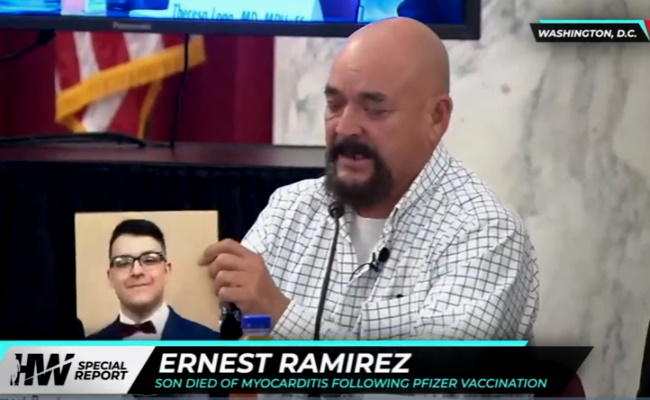
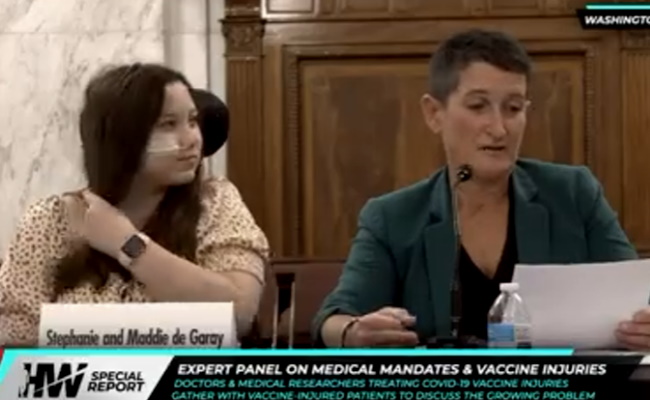

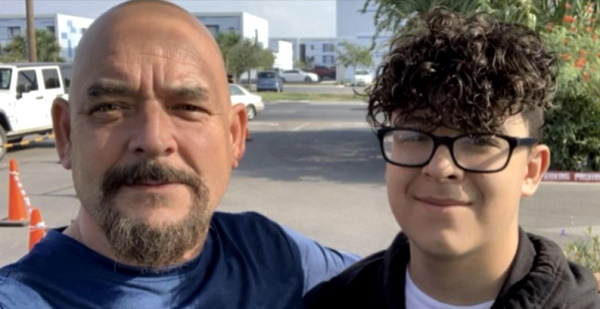



 Watch as real kids express thanks to their superheroes; the 5-11 year old
Watch as real kids express thanks to their superheroes; the 5-11 year old 
